All of us know the two most important things that we can do to protect our teeth are brushing your teeth twice a day and flossing once per day.
But when it comes to preventing cavities, especially in a child’s mouth, dental sealants might be one of the best methods available.
What is a dental sealant?
A dental sealant is a thin coating that is painted on the top (chewing) surfaces of the molars to prevent cavities and decay for an extended period of time. Dental sealants usually last many years and they create a protective shield that blocks out the bacteria that can cause damage to the tooth.
According to the CDC, once a sealant is applied to the tooth, it can protect against 80% of cavities for up to a two year time and up to 50% of cavities for up to a 4-year window. Children between the ages of 6 and 11 that do not have sealants on their molars have upwards of three times more cavities than children with sealants on the same teeth.
When are dental sealants recommended for children?
We usually begin to recommend dental sealants for our younger patients when they get their first permanent molar. During your child’s routine dental exam, the sealant is applied when the chewing surface has erupted completely past the gums and will help to protect the tooth for years to come.
Why are dental sealants only placed on molars and premolars?
It’s usually only recommended to apply dental sealant on these teeth because of their deep grooves which can make them more difficult to clean and remove food, plaque and buildup. Sometimes, we may apply a sealant to a child’s primary (baby) teeth if they have deep grooves that could benefit from the added protection.
Will my dental sealants be noticeable?
Not usually. For the most part, dental sealants are clear but may have a slight white tint depending on the type used. But once they’re applied to your teeth, they are mostly unnoticeable and shouldn’t be able to be seen.
Do sealants replace fluoride treatments?
No, dental sealants are not a replacement for the protective benefits of fluoride. A dental sealant only protects the surface area that they’re applied to, typically just the chewing surface. Fluoride will help to protect the enamel surfaces of the entire tooth. So we do not recommend skipping fluoride treatments just because you had sealants applied.
Talk to our team the next time you’re in about the benefits of dental sealants for children and make sure to schedule your family’s regular dental cleaning & exam!


